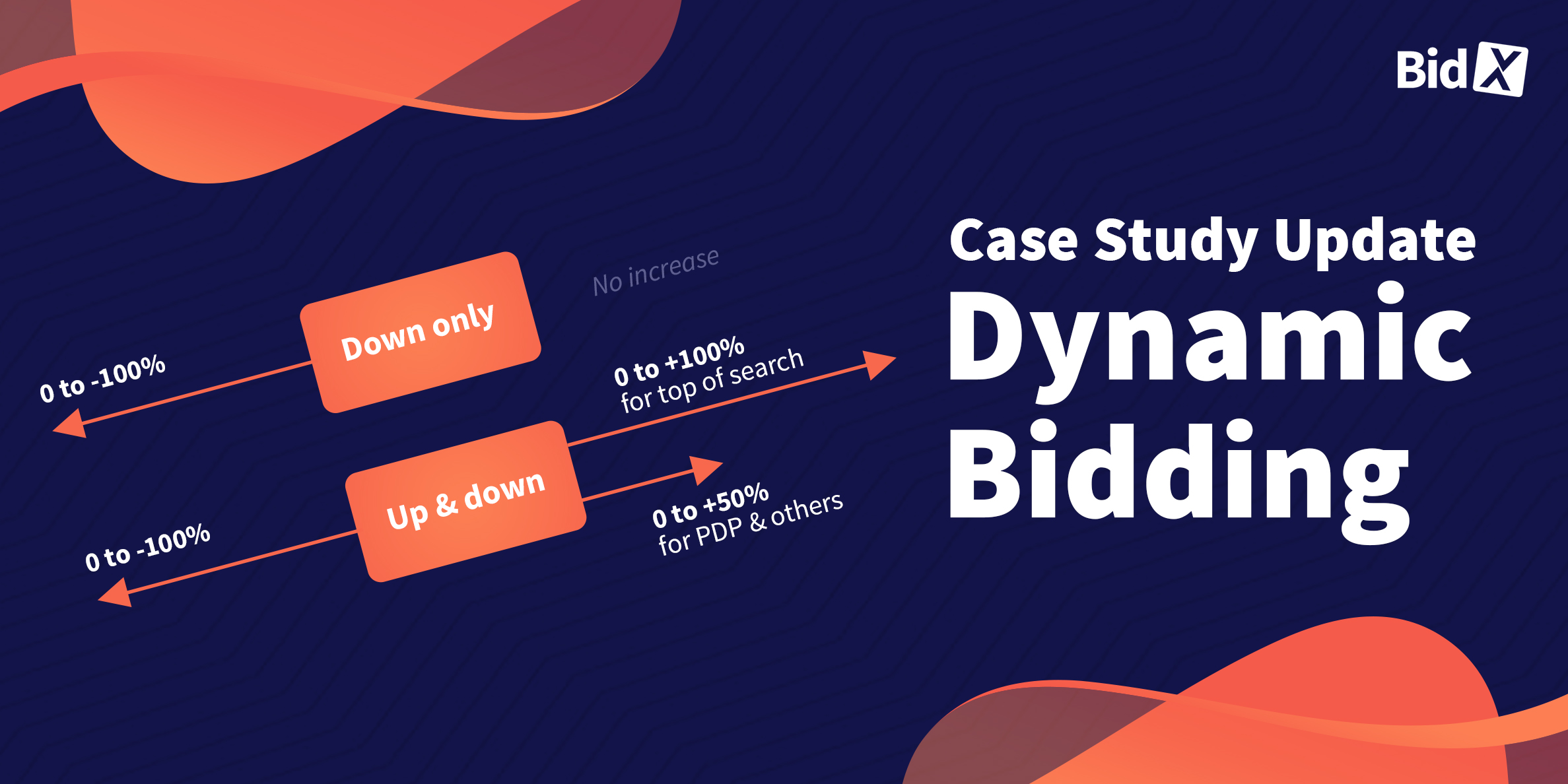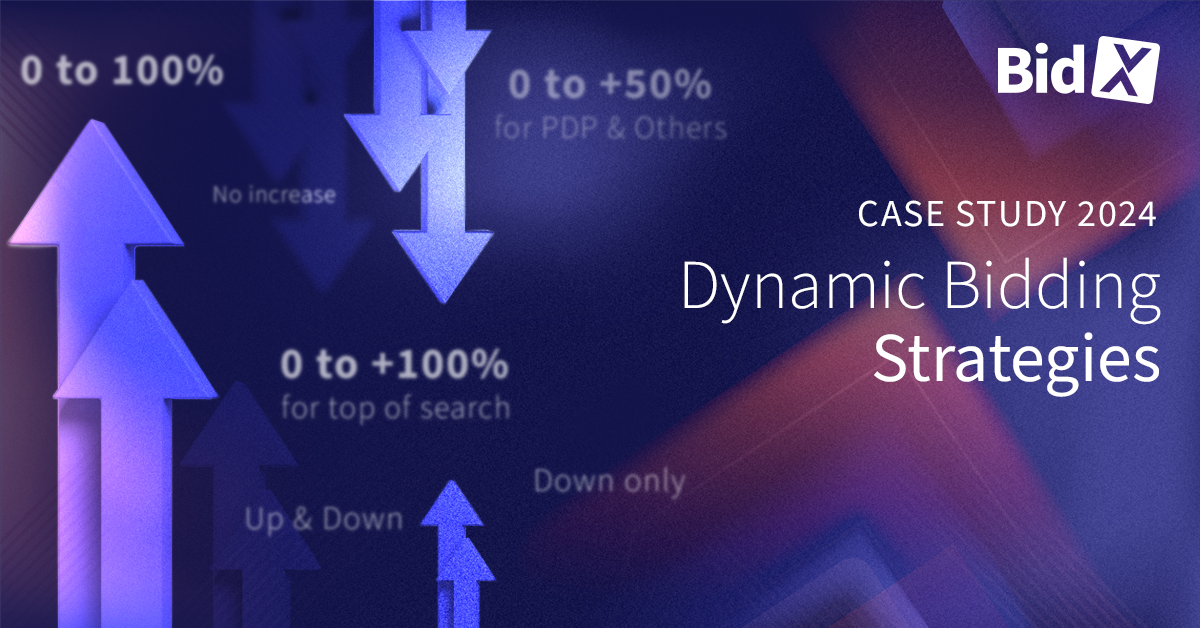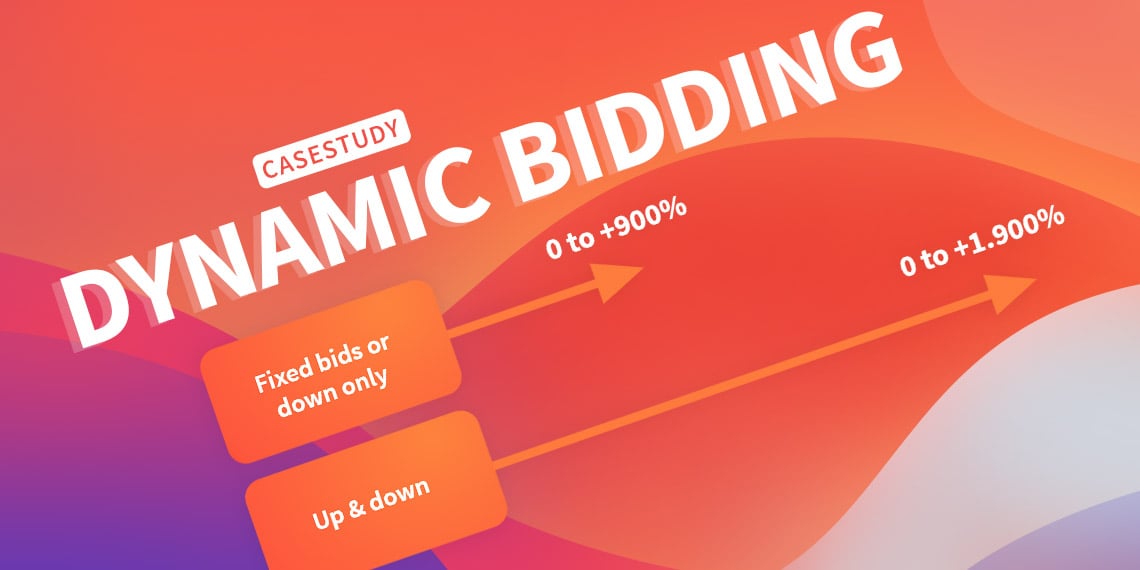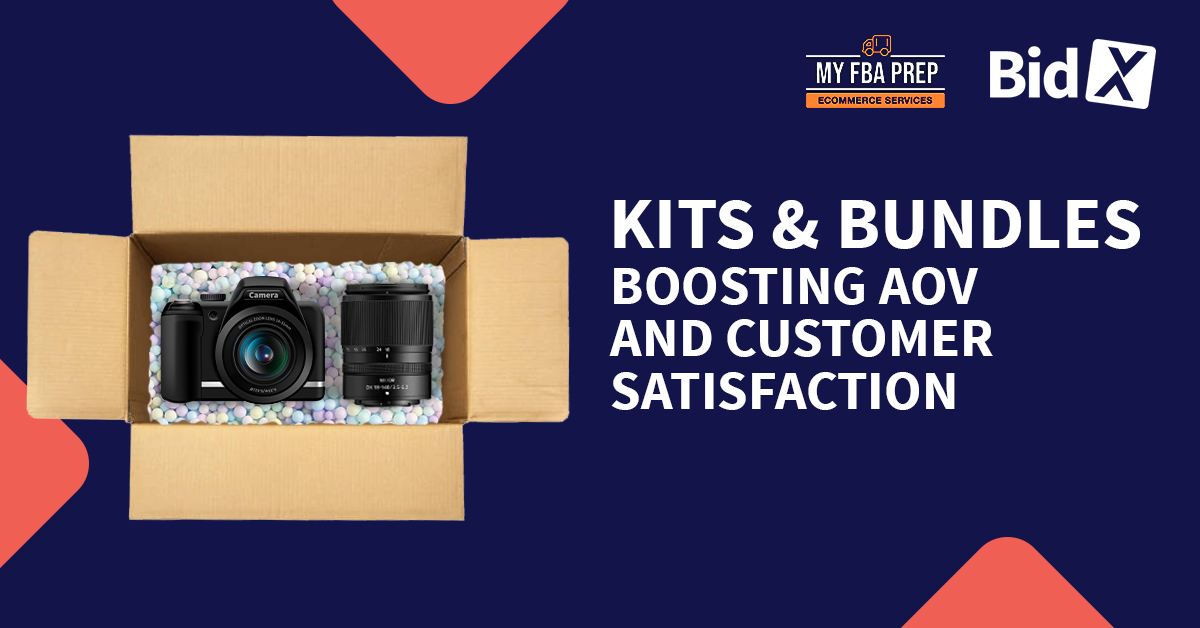Amazon's Dynamic Bidding Strategies
There are three bidding strategies for Sponsored Product Ads (SPA) on Amazon. In addition to fixed bids, there are the dynamic bid strategies "Dynamic bids - down only" and "Dynamic bids - up and down". With these dynamic strategies, bids can be increased and/or decreased depending on the customer's likelihood of purchase.
In addition, there is the option to "Adjust bids by placements". These placement bids can be set either for the first search results page or for product detail pages.

For an even better understanding, feel free to watch our video about the different bidding strategies:
We already did a case study on dynamic bidding strategies and placement bids in 2019. In this update, we will do a new analysis to examine the efficiency of the different strategies and evaluate if this has changed over time. If you already know our previous Case Study or have a good overview of bidding strategies in general, you can jump directly to the current analysis.
1. Bidding strategies

It is important to mention that all bidding strategies take effect at the campaign level, i.e. the setting applies to all bids in the corresponding campaign.
1.1 Fixed bids
With the "Fixed bids" strategy, Amazon does not adjust your bids.
Note: This does not mean that your click price will always match your bids exactly.
1.2 Dynamic bids - down only
With the "Dynamic bids - down only" strategy, your bids are lowered by up to 100% if Amazon considers the purchase probability for your product as low. For example, if you bid 1.50€ on a keyword and Amazon rates the purchase probability as low, the bid can be lowered to 0.40€ for example, or even to 0€. This lowering of bids happens in real time.
1.3 Dynamic bids - up and down
With the "Dynamic bids - up and down" strategy, Amazon will either decrease or increase your bids based on the purchase probability.
The bids here can also be lowered by up to 100%. The maximum increase in bids depends on the placement of the ads. For a placement in the first search results page, the bid can be increased by up to 100%, while for product detail pages and all other pages it can be increased by a maximum of 50%.
If you bid 1,50€ for a keyword and have set "Dynamic bids - up and down", the bid can be increased up to 3€ for a placement in the top search results, if Amazon considers the purchase probability as high. For all other placements, the bid can be increased to a maximum of 2.25€. If Amazon classifies the probability of a sale as low, the bid can be lowered to up to 0€.
2. Placement bids
In addition to the different bidding strategies, you can also have bids adjusted by Amazon for specific placements. This is possible for placements in the first search results as well as for placements on product detail pages. Amazon can increase bids by up to 900% when ads compete for those placements. The maximum percentage by which bids can be increased is up to you.
3. Placement bids in combination with dynamic bidding strategies
The placement bids can also be used in combination with the dynamic bidding strategies. If you have set "Bids by placements" and "Dynamic bids - up and down" enabled, bids for placements in the first search results can be increased up to 20x.
If your bid is 1,50€, it can be increased by 100% to 3€ using "Dynamic bids - up and down". If you have set 900% in the placement bids, this 3€ can theoretically be increased again up to 30€.
Therefore, if you use dynamic bidding strategies in combination with placement bids, you should consider beforehand how the two settings influence each other. Even though it is very unlikely that Amazon will increase your bid as extremely as in our example, you should still pay attention.
The bidding strategies as well as the placement bids can be changed at any time in the campaign settings.
4. Analysis of bidding strategies and placement bids + recommended actions
We have conducted an analysis on the different bidding strategies and placement bids to make it a little easier for you to choose the right strategy.
For this purpose, we have analyzed the generated performance data from November 01 - November 30 2021 for the campaigns on the German marketplace. In doing so, we compared the most important metrics when using "Dynamic bids - down only", "Dynamic bids - up and down" and "Fixed bids".
The results are shown in the following table:

The best performance values of the individual key figures are marked in green. It can be seen that the campaigns with the "lower only" strategy averaged
- a better click rate,
- a lower cost per click and
- a lower ACoS
in our test. The conversion rate is the only key figure that shows a weaker performance value with the "down only" strategy than with the "fixed bids" strategy. Due to the difference of 1 percentage point, it can be said that it is about 10% more likely to generate a purchase with the "fixed bids" strategy than with the "down only" strategy. However, the ACoS is higher for campaigns with "fixed bids", which means that the advertising costs spent are less profitable. This evaluation also coincides with the results we obtained in the 2019 analysis.
With dynamic bidding strategies, we therefore generally recommend the "down only" strategy if the focus of your advertising is on profitability.
Here, apart from the conversion rate, the KPIs are the best. The "Dynamic bids - up and down" strategy, on the other hand, is recommended for a product launch when the focus is on making the product known and less on profitable ads.
Since the "down only" strategy generally scored better than "down up raise", we examined the campaigns with the "down only" bidding strategy for performance differences depending on the setting of "bids by placements".
The results are shown in the following table:

You can see that the Click Rate, the Conversion Rate and the ACoS are best when no Top of Search placement bids are set. Especially with regard to the Click Rate, this is a rather surprising result. The analysis from 2019 also shows decisively different results. In the analysis in 2019, Click Rate and Conversion Rate were best with "Top of Search >0".
One possible explanation could be that in November it was Cyber Week. During this time, many sellers adjust their settings or use special deals. This shows that on Amazon many factors play a role in the playout and success of ads. Even if your product is displayed high up - if your images and product listing are not optimized, few users will click on your ad or buy your product anyway.
Even though the campaigns that performed best in placement bids were those that had set 0 for Top of Search, it can make sense to use placement bids for the first search results page for a product launch, for example.
That ACoS is highest for placement bids on product detail pages is not surprising. Nevertheless, it can also make sense to use placement bids here in certain cases. Especially if you want to prevent competitor products from being displayed on your own product detail pages or if you want to present yourself on competitor product detail pages.
Conclusion
Especially the choice of bidding strategy can have a great impact on the success of your ads. Which strategy you should choose depends mainly on your products and your advertising goals. If you use the bidding strategies and placement bids correctly, they can significantly contribute to the success of your ads on Amazon.
It is also possible to customize bid strategies and placement bids in the BidX tool. The special thing about this is that you can see and adjust the strategies of all campaigns at a glance. In the Advertising Console, this is very time-consuming, as all campaigns have to be opened and adjusted individually.






